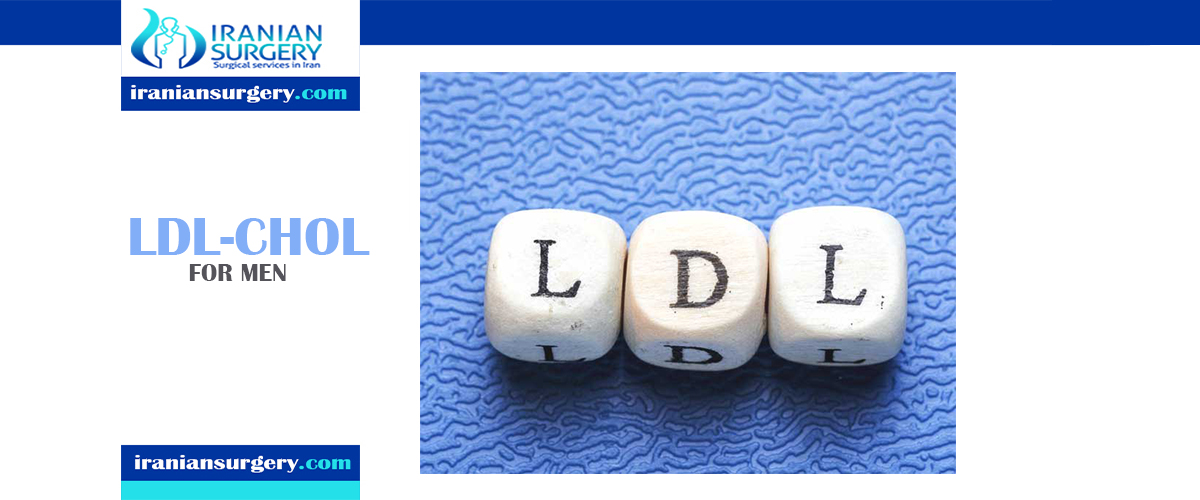LDL-CHOL

LDL Cholesterol
What is being tested?
Low-density lipoprotein (LDL cholesterol, LDL-C) is one type of lipoprotein that carries cholesterol in the blood. LDL-C consists mostly of cholesterol and similar substances with a small amount of protein. Most often, this test involves using a formula to calculate the amount of LDL-C in blood based on results of a lipid profile. Occasionally, LDL-C is measured directly.
Monitoring and maintaining healthy levels of lipids is important for staying healthy. Eating too much of foods that are high in saturated fats and trans unsaturated fats (trans fats) or having an inherited predisposition can result in a high level of cholesterol in the blood. The extra cholesterol may be deposited in plaques on the walls of blood vessels. Plaques can narrow or eventually block the opening of blood vessels, leading to hardening of the arteries (atherosclerosis) and increased risk of numerous health problems, including heart disease and stroke.
LDL-C is considered to be undesirable and is often called “bad” cholesterol because it deposits excess cholesterol in blood vessel walls and contributes to hardening of the arteries and heart disease. This is in contrast to high-density lipoproteins (HDL) that tend to transport cholesterol from the arteries to the liver. HDL is thought to protect against heart disease and so it is often called “good” cholesterol.
The LDL-C test can help determine an individual’s risk of heart disease and help guide decisions about what treatment may be best if the person is at borderline or high risk. The results are considered along with other known risk factors of heart disease to develop a plan of treatment and follow up. Treatment options may involve lifestyle changes such as diet and exercise or lipid-lowering medications such as statins.
The results of a standard lipid profile, which consists of total cholesterol, HDL-C, and triglycerides, are usually used to calculate the amount of LDL-C in the blood. The results are entered into a formula that calculates the amount of cholesterol present in LDL (see below). In most cases, the formula provides a good estimate of the LDL-C, but it becomes less accurate with increased triglyceride levels when, for example, a person has not fasted before having blood drawn. In this situation, the only way to accurately determine LDL-C is to measure it directly. Direct measurement of LDL-C is less affected by triglycerides and can be used when an individual is not fasting or has significantly elevated triglycerides (above 400 mg/dL).
How is the sample collected for testing?
A blood sample is obtained by inserting a needle into a vein in the arm. Sometimes a blood sample is collected by puncturing the skin on a fingertip. A fingerstick sample is typically used when a lipid profile is being measured on a portable testing device, for example, at a health fair.
Is any test preparation needed to ensure the quality of the sample?
A calculated test result for LDL cholesterol typically requires a 9 to 12-hour fast before your blood is drawn; only water is permitted. Your healthcare practitioner may decide that you may be tested without fasting. Follow any instructions you are given and tell the person drawing your blood whether or not you have fasted. For youths without risk factors, testing may be done without fasting.

